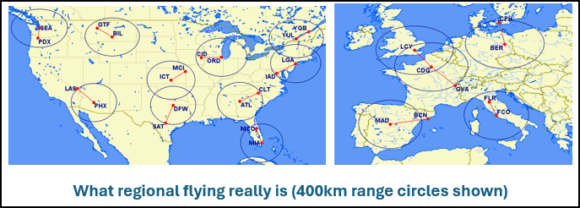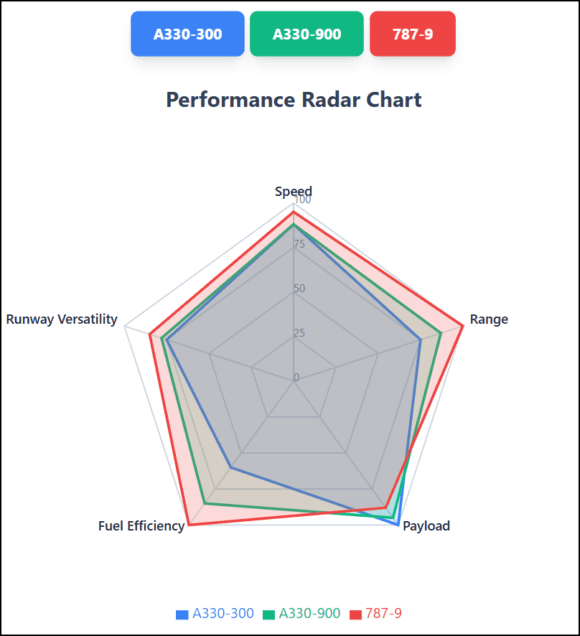
Volaris A321neo 1 scaled
The Mexican low-cost carrier Volaris is seeing a decline in demand for its first quarter of 2021 due to a combination of low seasonality and the US travel restrictions imposed on January 26.
Let’s look at the figures
In January, the airline served 1.58 million passengers across its routes. That is 18.5% below its January 2020 figures, according to a press release. Moreover, it’s a decrease on a month-to-month comparison, because Volaris carried 1.63 million passengers in November and 1l78 million in December. Demand and capacity also fell in January. Capacity measured by ASMs (Available Seat Miles) was 97% compared to last year’s same month. In December, capacity was 101.9% (in November was 98%).
Demand, measured by RPMs (Revenue Passenger Miles), was 83% of last year. In December, it was 90.7%. Load factor also fell from 78.5% in December to 73.9% in January.

Is it all due to the low-season?
Traditionally, the first quarter is the low season for Mexican airlines; hence, we expected Volaris’ numbers to be down compared with the thriving figures it posted in December. Nevertheless, the stall in the V-shaped recovery of Volaris is not all because of seasonality. The increasing numbers of COVID-19 cases in Mexico and the crippled family economies may have also pushed down Volaris’ figures.
Plus, the US introduced mandatory PCR negative test results for all international passengers starting on January 26. While this measure didn’t impact January’s numbers, it will pressure Volaris’ figures for the remainder of the first quarter and beyond.
Enrique Beltranena, Volaris’ president and chief executive officer, recently said, “Volaris remains well prepared with a solid market position cemented over the past year, demonstrating the power and strength of our ultra-low-cost business model. Historically, our first quarter is more challenging, and in pandemic times, it is even more so. We will continue to preserve liquidity while, at the same time, explore new growth opportunities. We believe Volaris’ ultra-low-cost structure and market-leading footprint in the domestic market will continue to position our Company at the lead of the airline industry recovery.”
For the first quarter, Volaris expects demand weakness and booking curves to compress, said the airline.
What’s the capacity going to look like going forward?
Approximately 30% of Volaris’ network is with flights to the US. Therefore, the airline “expects a short-term reduction in demand for cross border flights as a result of recent US regulations.” Due to this mixture of trends, the airline is planning to be conservative on its capacity going forward. It said, “As a result, the Company’s network plans for the first quarter of 2021 will be more conservative, focused on deploying appropriate levels of capacity to align with the changing demand environment. At present, Volaris intends to operate approximately 80% of capacity as compared to the same period of last year, as measured by ASMs.”
Final analysis
Latin America as a whole is expected to have a slower demand during 2021’s first quarter. The mix of low seasonality (South America is on the final stretch of the summer season), increasing travel restrictions, and a higher number of COVID-19 cases (along with new variants, like the Brazilian) will hamper the airlines’ recoveries. We’ll have to see how each carrier adjusts. We’ll keep you updated on that going forward.
Views: 22




